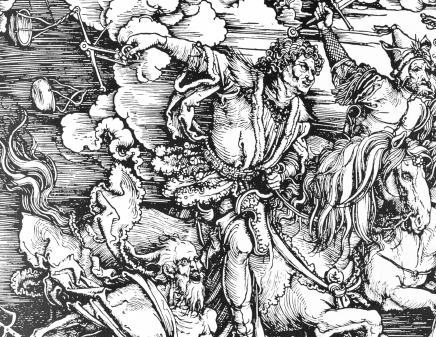Technical Details
The Text Database
This database is hosted on servers provided by the University of Exeter IT Infrastructure Team, and managed by Digital Humanities at Exeter.
The user interface was developed by Hannah Petrie, Dr. Charlotte Tupman and Gary Stringer, using the eXist-db Open Source Native XML Database.
Text display is based upon TEI Stylesheets developed by Sebastian Rahtz and the TEI community.
Texts were managed through a Subversion repository which transcribers and editors committed to and which provides full version control, ensuring the editorial process is robust, secure and transparent.
The Digital Humanities team uses JIRA Software to manage projects.
The Mundy Map
The following data is used to populate the map and is extracted from the TEI markup and the GeoNames service:
- placename
- date of visit (ISO 8601 format)
- distance (from previous location)
- content of journal entry
- quote (highlighting conditions)
- filters (topics mentioned)
- scale (famine to plenty)
- GeoNames id
- latitude
- longitude
The data is stored in JSON format and applied to the map via the Google Maps API. Locations are derived from GeoNames data, and markers are colour coded in accordance with their score on the famine to plenty scale. Navigation buttons allow users to cycle through the text, in sync with the timeline and locations plotted on the map. Filters are taken from the TEI markup and highlight occurrences of particular topics within the text. Overlays were created by Georeferencing and tiling images of maps using MapTiler.
The map was created by Richard Holding from data prepared by Dr. Ayesha Mukherjee and members of the Digital Humanities team.

Image: Detail of 'The four horsemen of the Apocalypse' engraving by Albrecht Dürer, 1498, focusing on the figures of Death and Famine.
It is speculated that the figures of Death and Famine (on the pale horse and on the black horse respectively) actually overlap. Death on his starving horse conveys the physicality of famine starvation, while the rider of the black horse (holding the scales) is a symbolic representation of social injustice during famines.
Credit: Shutterstock